This week had a number of coincidences. After telling you that my wife is like a magnet for nails, she ended up with another nail in her tire and right after I published my latest post on my 3D printer, my printer died. My wife felt it was a very convenient coincidence that my printer would die immediately after I talked about wanting to upgrade it.
Coincidences happen. My wife certainly had no ulterior motives when she added another tire to her credit. It’s not like she keeps count of her flats with flat tire decals on her car’s door. Still, the tire was easy to fix, I’ve had a lot of practice there and that tale would make for a very boring post but trying to repair my coincidentally dead 3D printer turned out to be quite a story.
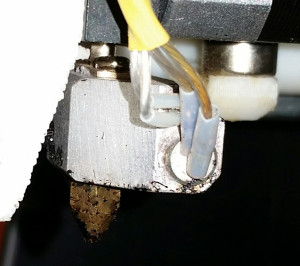
3D printer nozzle, no longer heating
Being one myself, I know the engineers reading this want me to get right to the details. So, everything seemed to be working but the printer nozzle wasn’t heating. Okay, that will hold the engineers a few minutes while they formulate a plan on how I should have proceeded. The rest of you want to know about warranty. Most of my warranties have been voided by the fifth day and my printer was no exception but for those of you that want to know anyway, my one year warranty had expired four months earlier.
Contrary to my wife’s expectations, I was able to evaluate my three options without breaking out a spreadsheet. I could upgrade to a new printer, fix my current printer or do without a 3D printer. A quick check on prices showed I would be paying somewhere around twelve hundred for an upgrade or six hundred to replace the one I had. Was I willing to spend that and could I talk my wife into it a second time? I thought I had a good chance here. After all, the printer died while printing something she requested for her garden.
You’ll note my plan did not jump immediately to repairing my 3D printer. My wife was right, this was a great excuse to upgrade.
It’s not that I’m parsimonious but before I spend that kind of money, I want to justify my decision. I’m not saying that my justification is alway good but a failed repair attempt would make a great justification for upgrade.
Searching the net for information on repairing the Up! Mini was extremely quick. There was very little information and nothing resembling a schematic. Still the obvious answer was replace the nozzle assembly. Heaters go out all the time. In an attempt to verify this theory, I measured the heater resistance. This measurement destroyed my first theory, the resistance was about eight ohms, right around what I would have guessed for a good heater. I decided to check a little farther up the chain.
Without schematics this was going to be a little harder but certainly not impossible and this was a win win proposition. If I fixed the printer, I could brag about doing it without schematics and if I failed I could upgrade knowing I had put in my best effort.
I knew that replacing surface mount parts was way outside of my capability. If the problem traced back to one of those parts, I would be upgrading. In other words, I had just bounded my problem and in doing so, I greatly simplified my troubleshooting. I would concentrate on what I could fix.
I’m going to give a clue here. Whenever I give someone advice on troubleshooting, I always tell them to start at the power supply. I’m right often enough that people are always amazed I knew what the problem was without reviewing any data. Of course in my case, since I had verified that all the servos worked I could safely assume that both the processor and power supply were working. Elementary troubleshooting.
Using my ohmmeter and some jumpers, I was able to trace the heater power leads to a FET (Field Effect Transistor, that’s an electronic switch for most of you ) that was used to provide power to the heater. Upstream of the FET were a number of surface mount devices. Since the FET represented my boundary and it was only two dollars, well eighteen dollars after minimum orders and postage but you get the point, I only needed to replace the FET and I would have my answer or my justification.
Does it surprise you when I say that replacing the FET did not fix the problem? True, replacing the FET wasn’t as easy as I expected and I could have botched the repair but this wasn’t my first repair. This failure should have left me elated, the results were in and I could progress to my upgrade with a clear conscious but I wasn’t ready to accept failure.
Some people might call me stubborn but I simply wanted my facts to be straight. Replacing the FET should have fixed the problem and I had to know why it didn’t. This time I followed my advice and checked the power supply. I verified I had the right power but when I checked at the FET, there was no power. Impossible, I only had one power supply going to the circuit card. Another ten minutes of measurements and I confirmed the laws of physics were still unbroken.
For reasons best known to the designer, my UP Mini uses a double pole relay to split power to the servos and the heaters. One side of the relay wasn’t supplying power. Fortunately relays are a lot easier to substitute and still within my skill level. Thirty minutes later my printer was up and running.
You’re right, I’m using this post to brag about fixing my printer without a schematic but there’s a few more lessons here.
- My 3D Printer has become an important part of my life
- My wife has also decided my printer can be useful
- I developed a repair plan to simplify my effort before I started. If the failure was a surface mount device, I was going to stop there
- Always check the power supply first!
- I can admit when I’m wrong, although in this case it could be interpreted as stubbornness
- I won’t be upgrading my printer this year
- Always check the power supply first! I know I’m repeating myself but this is important.
I’m not superstitious but having started this post with a discussion of coincidences based on recent posts, I just want to say if I do win the lottery, I will definitely upgrade my printer. It’s worth a shot.
© 2015 – 2019, Byron Seastrunk. All rights reserved.

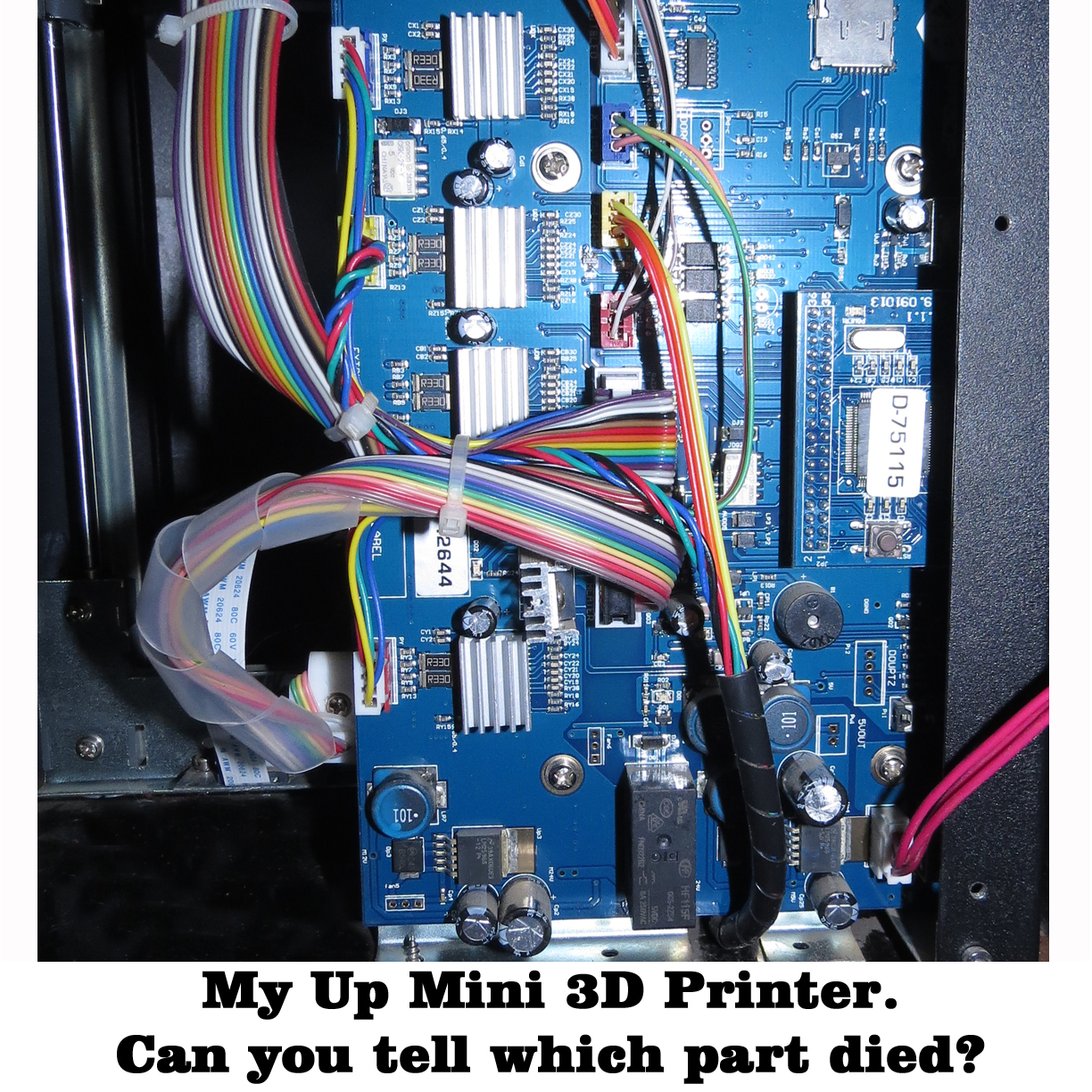
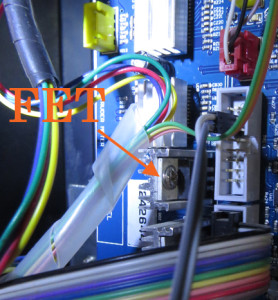
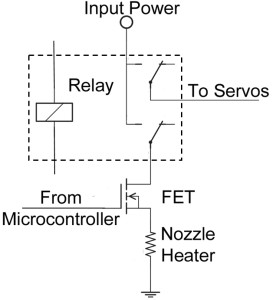
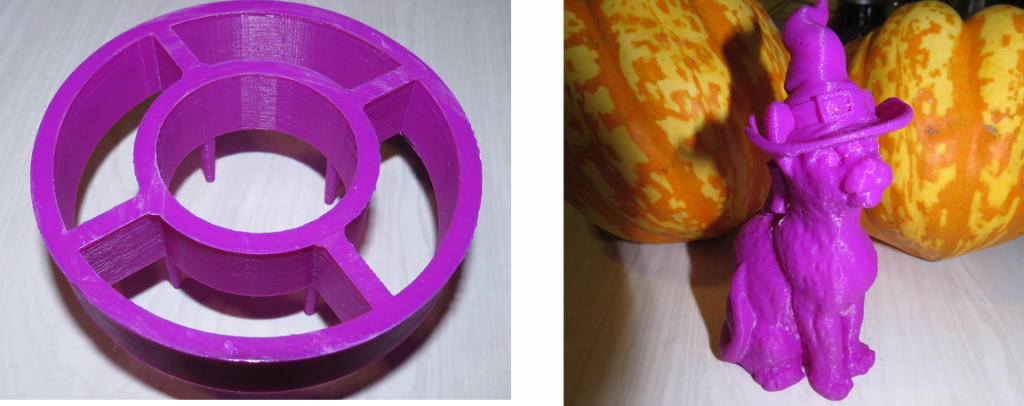









Most people would have put it out to the curb. Good to see you have the trouble shooting skills and brought the printer back to life.
My knowledge of electronics is very basic – either you plug it in or you install batteries. Having said that you know my eyes glazed over about the third paragraph so my take away is this……I am very proud of you for solving your problem, fixing it and continuing with your printer. A lesser man (or me) would have jumped at the chance to buy a new printer!!!